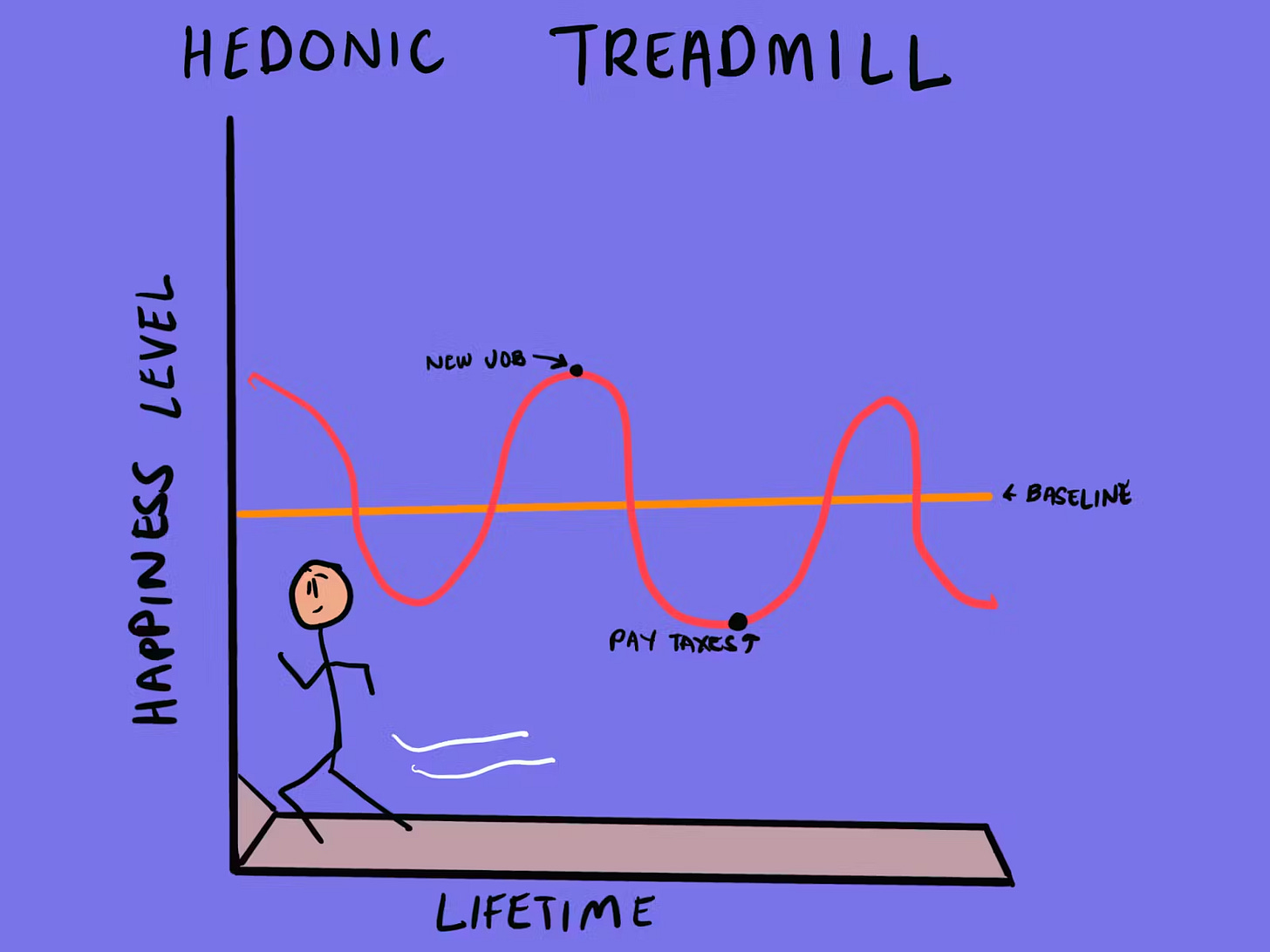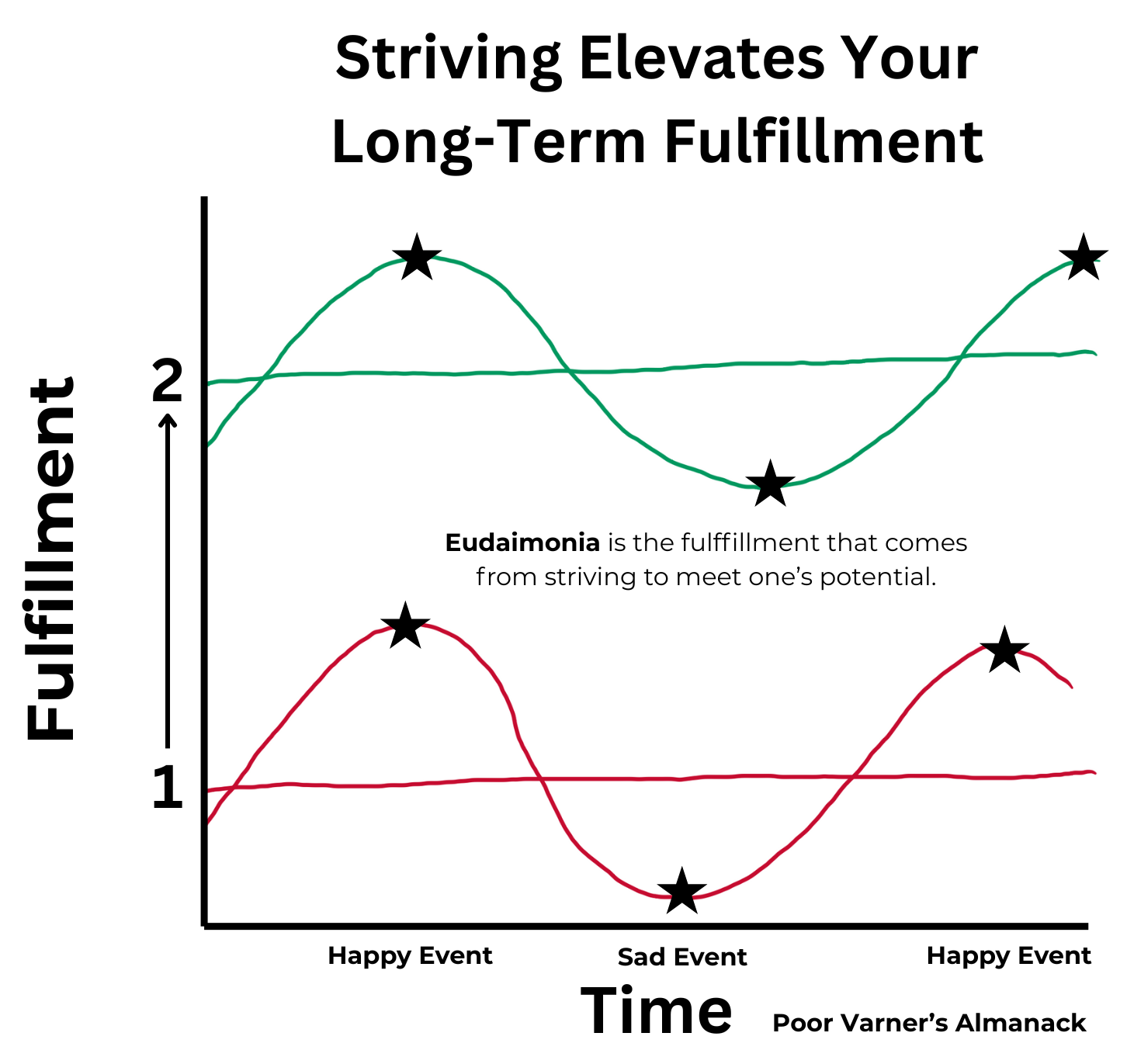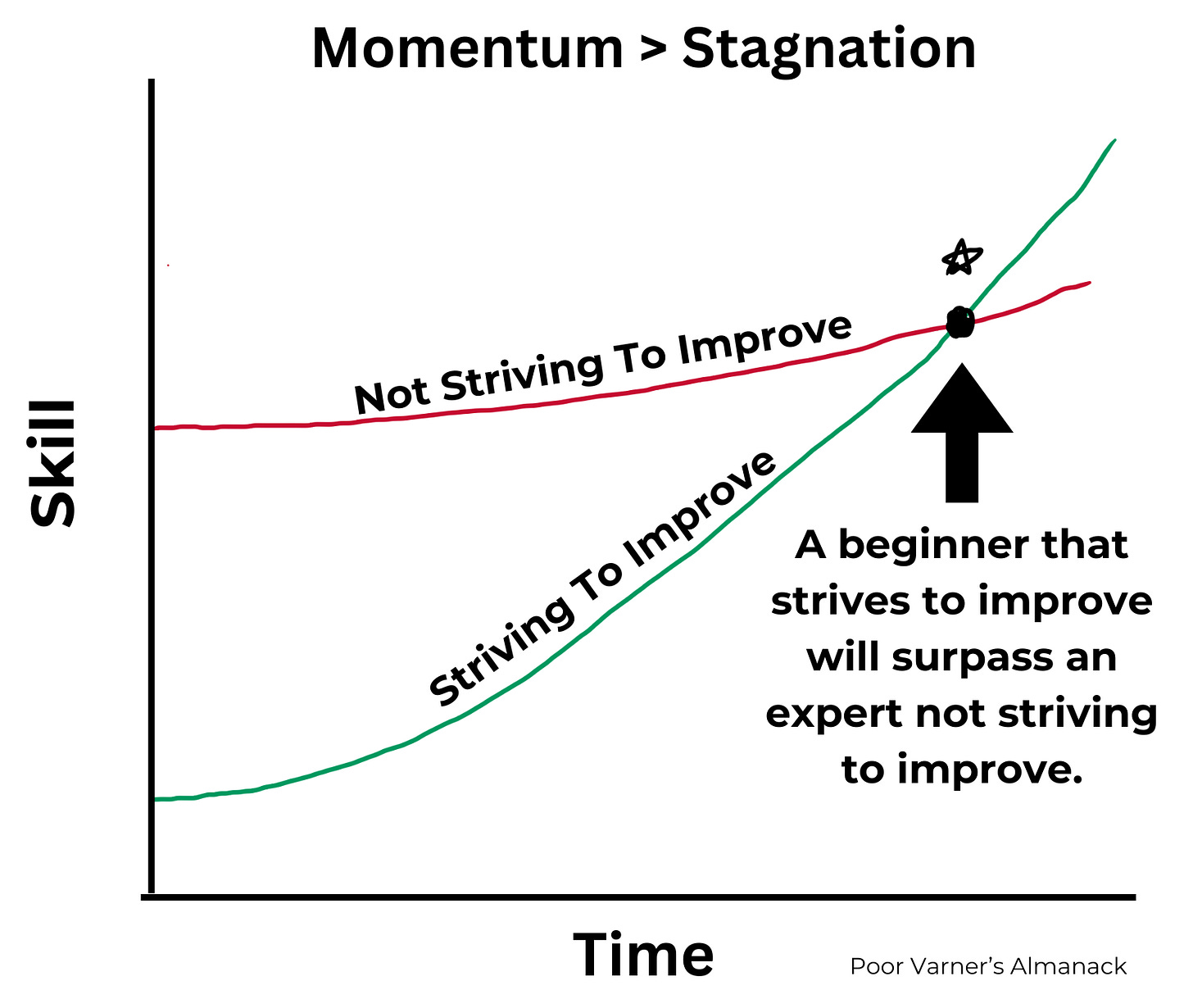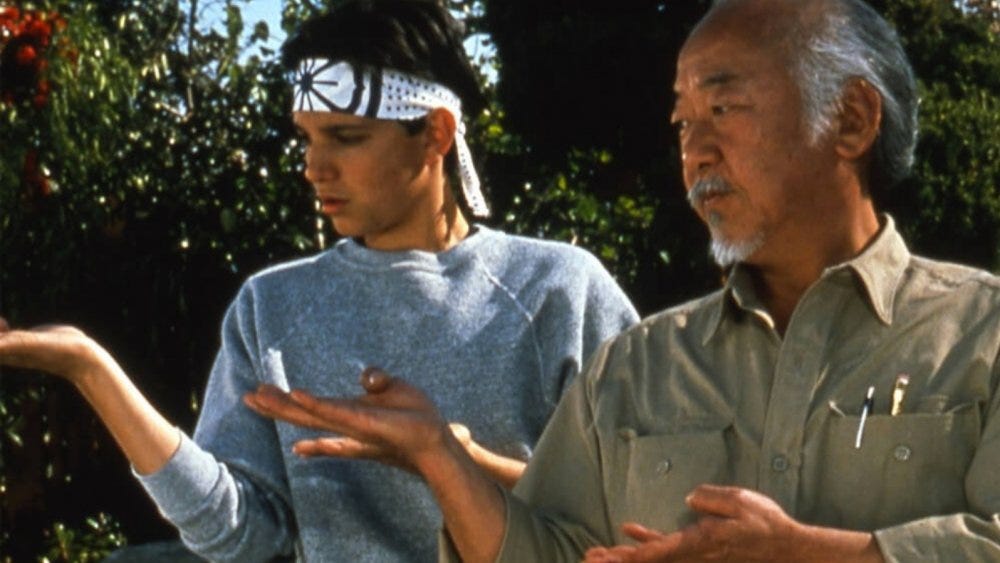Extrinsic Goals
In May 2015, I was quoted in the local newspaper, while competing at a high level in shot put:
"I want to place as high as possible at state in the shot put and set the school record in the shot put.”1—Grant Varner (AKA, me)
I was all in on the idea of goal-setting—so much so that I publicly declared my intention to break a school record. Ballsy move, in hindsight.
But I believed that making my goals public would hold me accountable.
What I didn’t realize at the time were the downsides of chasing extrinsic goals.
At Regionals—the second-to-last meet of my high school career—I launched the shot nearly 60 feet. The throw bounced out of the gravel and nearly knocked a plate of nachos from a woman’s hands.
Sweet cheesy victory!
I had finally achieved the goal I’d trained for since 9th grade.
And yet, I couldn’t feel excited.
In a follow-up article about breaking the school record, I was quoted saying:
“[Breaking the shot put record] was kind of a relief.”2
Relief. Not joy. Just… relief.
Sure, I celebrated with a cold one (chocolate milk). I was allowed to be happy.
But the feeling didn’t last.
Why Achievement Fails To Fulfill You
Brad Stulberg and Steve Magness—experts in elite performance—put it best in their book The Passion Paradox:
“Those who are most focused on reaching some external barometer of success are often the same people who struggle most to enjoy it. That’s because they’ll always crave more. More money. More fame. More medals. More followers.”3
That was me. I’d hit the goal, and immediately my mind moved to the next thing.
The next win. The next benchmark. The next hit of validation.
I didn’t understand it then, but this cycle has a name: the hedonic treadmill.
Hedonic Treadmill
The hedonic treadmill is the idea that our happiness has a baseline. Even after big wins or hard losses, we eventually return to that default level.
A school record might boost your happiness temporarily. A job loss might dip it. But over time, you stabilize.
This explains why accomplishments—especially external ones—rarely bring lasting fulfillment.
Eudaimonia > Hedonism
Enter the man, the myth, the legend: Aristotle.
He introduced the concept of eudaimonia—a deeper, more lasting kind of happiness. Not the fleeting high of accomplishment, but the fulfillment that comes from living well and striving toward your potential.
“The ultimate end of human acts is eudaimonia, happiness in the sense of living well, which all men desire; all acts are but different means chosen to arrive at it.”—Aristotle, Nicomachean Ethics
Eudaimonia isn’t about chasing short-term pleasure. It’s about purpose. Growth. Meaning.
It’s the kind of fulfillment that comes not from rewards, but from the pursuit itself.
Where hedonic happiness is about feeling good, eudaimonic happiness is about being good—and doing the work to become who you're meant to be.
It’s in the act of striving toward a full life—not a full trophy case—that we become most fully alive.
The Parable Of The Talents
A rich man once gave each of his three servants a different amount of money, based on their ability.
Two of them invested wisely and doubled what they were given.
The third? He buried his talent in the ground and earned nothing.
When the master returned, he praised the first two—but condemned the third for not not making the most of his talents.
This parable (Matthew 25:14–30) is more than a warning. It’s a call. A call to use what you’ve been given.
To take strategic risks. To grow. To contribute.
Not just for achievement’s sake—but to honor your potential.
Ask yourself: How are you using your talents to become the best version of yourself?
Where You’re Going Matters
Fulfillment doesn’t come from checking boxes or chasing praise.
It comes from the striving.
Whether you hit the external goal or not is almost irrelevant to your long-term happiness.
Ironically, the more you focus on getting better, the more likely you are to succeed.
But the moment you fixate on the success itself—you’re right back on the hedonic treadmill.
More. More. More. Never enough.
Coming Full Circle
Years later, when I was 26, a parent stopped me:
“I’ve seen your name on the shot put record board. Can you teach my kid how to throw?”
I agreed.
That winter, working with his son, I rediscovered what I really loved about shot put: the pursuit of better.
If you tried to muscle a 60-foot throw, you’d probably tear something. But if you focused on refining the movement—bit by bit—you’d inch your way there.
By the end of the season, he broke the middle school record.
Not because he chased it.
But because he focused on improving every micro-movement of his technique.
The Moral
You have a God-given responsibility to develop your talents.
But don’t make your identity about a number or a record.
Forget the sales.
Forget the followers.
Forget the scoreboard.
Strive for improvement.
Because that’s where the real joy lives.
—Grant Varner
"Varner’s Dash is Throwing Foes for a Loop" — The Columbus Dispatch, May 5, 2015
Read the article
"Varner Sets New Standard in Shot Put" — The Columbus Dispatch, June 2, 2015
Read the article
The Passion Paradox by Brad Stulberg & Steve Magness
A deep dive into the psychology of drive, purpose, and burnout. Highly recommended.











